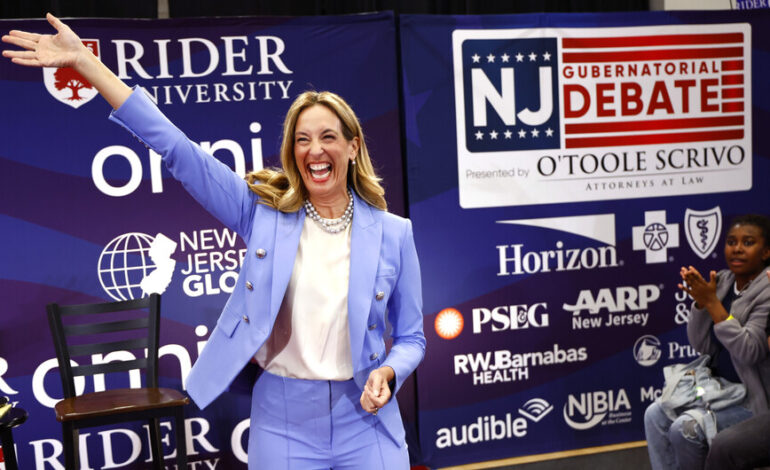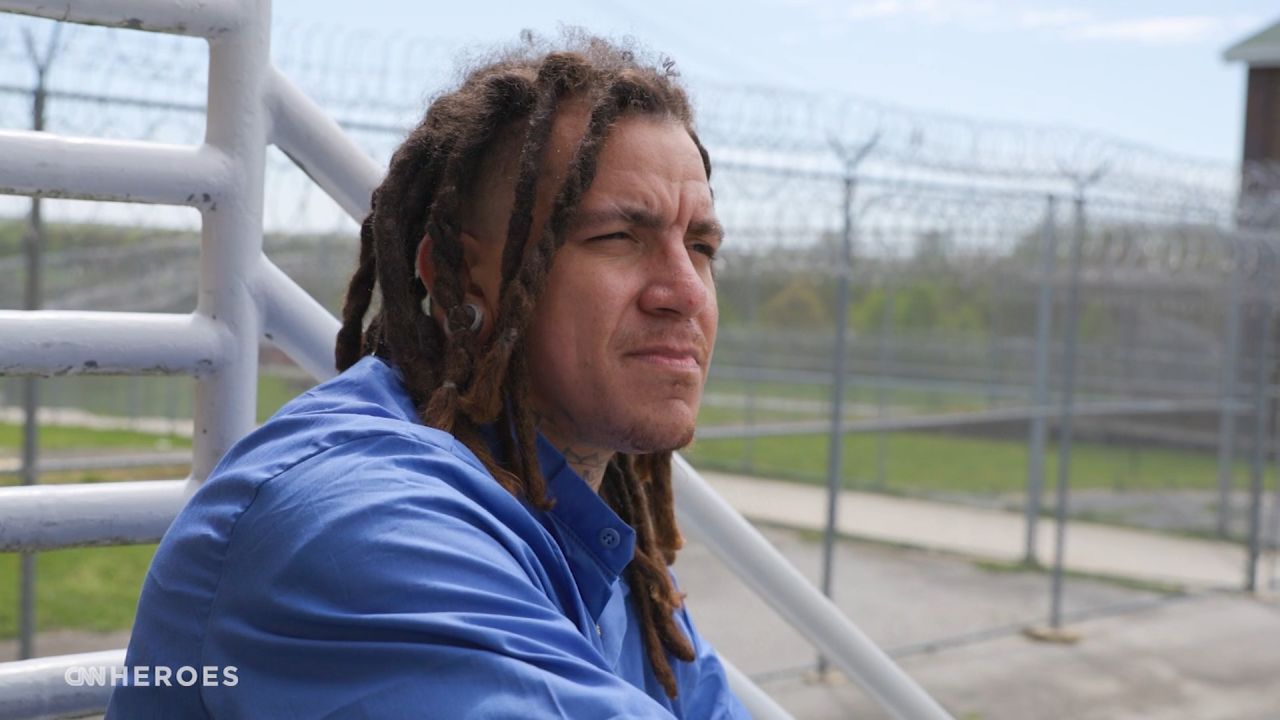New Jersey Gubernatorial Race Tightens Ahead of November Election

As the New Jersey gubernatorial race heats up with just three Sundays remaining before the November 2025 election, the contest appears increasingly competitive. Democratic candidate and current U.S. Representative, Mikie Sherrill, is facing off against Republican challenger Jack Ciattarelli, a former state assemblyman. Polling data indicates that Sherrill holds a narrow lead, with a recent Fox News poll showing her at 50% to Ciattarelli’s 45%, while a Fairleigh Dickinson University (FDU) poll places her at 52% to 45%.
Despite these numbers, the race is fraught with uncertainty. In 2021, incumbent Governor Phil Murphy won re-election by a slim three-point margin, and historical trends suggest that New Jersey voters tend to shift power away from the incumbent party in gubernatorial elections. Since 1989, the party opposing the sitting president has gained control of the state in every election except for 2021. This pattern raises questions about whether Sherrill can maintain her lead, especially as the Democratic Party has faced criticism for its handling of various issues during its eight years in power.
Ciattarelli, who narrowly lost to Murphy in 2021, is leveraging discontent with the current administration as he campaigns. After losing in 2021, he has continued to position himself as a serious contender, aligning himself with former President Donald Trump and adopting a platform that appeals to conservative voters. His strategy includes focusing on local issues and avoiding divisive social topics, aiming to consolidate support in South Jersey and suburban areas that have trended rightward.
Sherrill’s campaign, while highlighting her military background and previous achievements, has been criticized for lacking the enthusiasm needed to galvanize voters. She has emphasized her opposition to Trump and the consequences of his policies, particularly in relation to economic challenges faced by New Jersey residents. “Voters are seeing Trump is costing them an incredible amount of money,” Sherrill stated, reiterating her belief that Ciattarelli’s policies align too closely with those of the former president.
The race has also been marked by contentious exchanges between the candidates. In a recent debate, Sherrill accused Ciattarelli of being responsible for spreading misinformation regarding the opioid crisis, linking his previous business involvement in a medical publication to the epidemic. “You killed tens of thousands of people by printing your misinformation,” Sherrill claimed, underscoring her focus on health and safety issues in her campaign.
With economic concerns dominating the discourse, including high taxes and rising costs of living, both candidates are vying to position themselves as the solution to these pressing issues. According to a Stockton poll, 25% of respondents identified taxes as their primary concern, followed by affordability and the economy. Each candidate has sought to blame the opposing party for the state’s economic state, setting the stage for a contentious final stretch leading up to the election.
As the election date approaches, the candidates are expected to ramp up their campaigns, with Sherrill aiming to solidify her support among Democratic voters and Ciattarelli working to draw undecided voters into his camp. The outcome of this closely watched race may provide insights into the broader national political landscape, particularly as it involves the interplay of local governance and national party dynamics.
The first week of November will be critical, as both candidates prepare for what promises to be a fiercely contested election. With polls indicating a tight race, the strategies employed by each candidate in the coming days will be pivotal.






